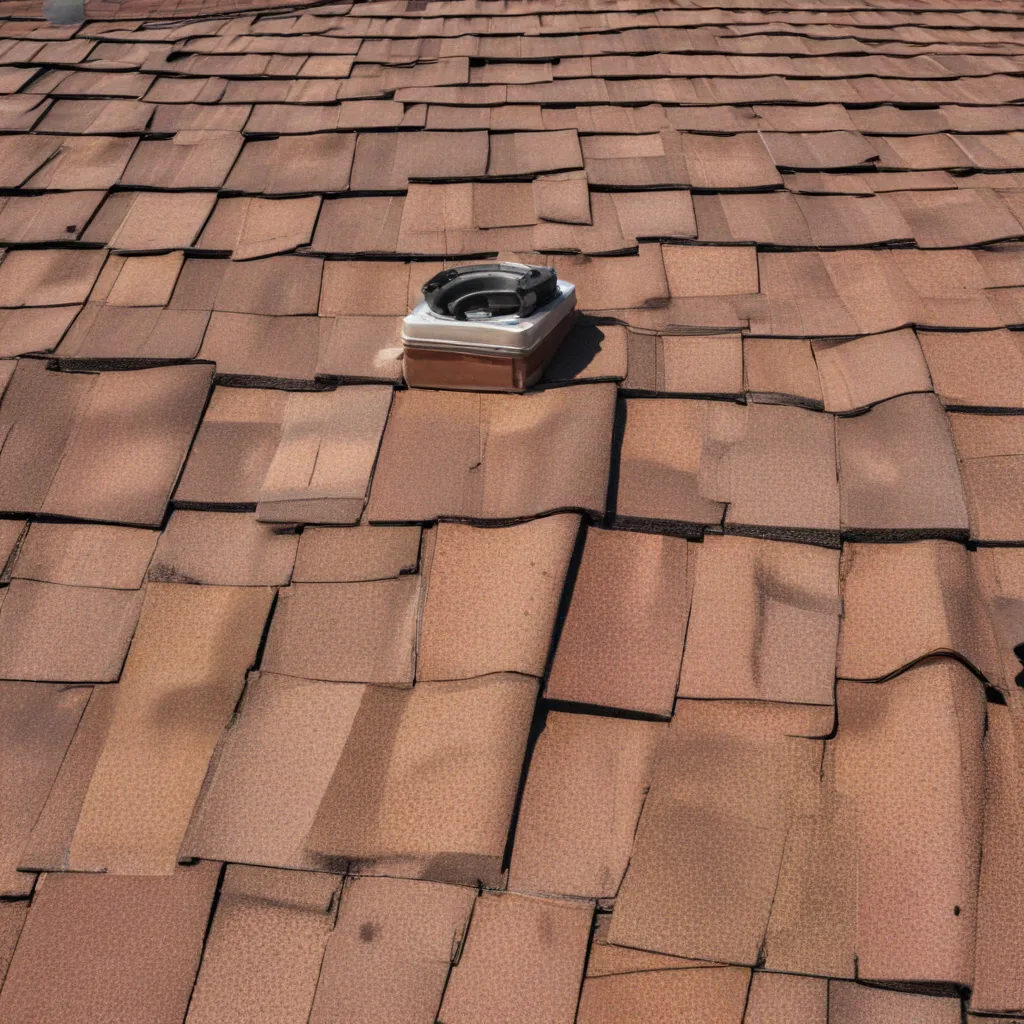
Your roof is one of the most vital components of your home or building, serving as the first line of defense against the elements. However, many property owners often neglect the importance of regular roof inspections and proactive maintenance, leading to premature deterioration and costly repairs down the line. In this comprehensive guide, we’ll explore the best practices for conducting thorough roof inspections and implementing effective maintenance strategies to ensure the longevity of your roofing system.
Importance of Proactive Maintenance
Maximizing Roof Lifespan: A well-maintained roof can significantly outlast its expected lifespan, providing long-term protection and value for your property. By adopting a proactive approach to roof care, you can extend the usable life of your roofing system, often by several years or even decades, depending on the material.
Cost-Effective Approach: Regularly inspecting and addressing minor issues on your roof can help you avoid the need for extensive, expensive repairs or premature roof replacement. Catching problems early and addressing them promptly is a far more cost-effective strategy than waiting for a major failure to occur.
Preventing Unexpected Failures: Unexpected roof failures can lead to devastating consequences, such as water damage, mold growth, and structural issues. Proactive maintenance helps you stay ahead of potential problems, allowing you to address them before they escalate and cause significant harm to your property.
Roof Inspection Fundamentals
Identifying Inspection Frequency: The optimal frequency for roof inspections depends on various factors, including the age of the roof, the climate in your region, and the roofing material used. As a general rule, it’s recommended to conduct comprehensive roof inspections at least twice a year – once in the spring and once in the fall.
Conducting Visual Assessments: During your roof inspections, focus on performing a thorough visual assessment of the entire roofing system. Look for signs of wear and tear, such as cracked or missing shingles, damaged flashings, deteriorating sealants, and the accumulation of debris. Pay close attention to the roof’s edges, valleys, and any penetrations, as these areas are particularly vulnerable to water intrusion.
Incorporating Professional Inspections: While regular DIY inspections are essential, it’s also crucial to schedule periodic professional roof inspections. Experienced roofing specialists can provide a more comprehensive evaluation, identify potential issues that may be overlooked, and recommend appropriate maintenance or repair strategies.
Roof Maintenance Strategies
Routine Cleaning and Debris Removal: Keeping your roof clean and free of debris is a fundamental aspect of proactive maintenance. Regularly clear away leaves, twigs, and other organic matter that can accumulate and trap moisture, leading to the growth of moss, algae, or mildew. Maintaining a clean roof surface also helps optimize the performance of sealants and coatings.
Sealant and Caulking Upkeep: Sealants and caulking are critical components of your roof’s waterproofing system. Over time, these materials can degrade, crack, or lose their adhesion. During your inspections, carefully examine all sealants and caulking and reapply or replace them as needed to maintain a watertight seal.
Prompt Repair of Minor Issues: Addressing minor issues on your roof, such as small leaks, damaged flashings, or loose fasteners, is essential. Neglecting these seemingly minor problems can allow them to worsen, potentially leading to more significant and costly repairs down the line.
Addressing Emerging Problems
Early Detection of Damage: Regularly inspecting your roof allows you to identify potential issues in their early stages, when they are most cost-effective to address. Look for signs of wear, such as cracking, buckling, or discoloration, and address them promptly to prevent further deterioration.
Timely Intervention and Remediation: When a problem is identified, it’s crucial to act quickly. Delaying repairs can allow the issue to escalate, potentially leading to more extensive damage and higher repair costs. Consult with a reputable roofing contractor to develop and implement an appropriate remediation plan.
Mitigating Further Deterioration: In some cases, the identification of a problem may necessitate temporary measures to prevent further deterioration until permanent repairs can be made. This may involve the use of sealants, tarps, or other protective coverings to safeguard the affected area.
Monitoring and Documentation
Comprehensive Inspection Logs: Maintaining detailed records of your roof inspections is essential for tracking the condition of your roofing system over time. Your inspection logs should include observations, findings, and any recommended actions or repairs. This documentation can help you identify patterns, prioritize maintenance tasks, and make informed decisions about the long-term care of your roof.
Data-Driven Decision Making: By analyzing the inspection reports and maintenance history of your roof, you can make more informed decisions about future maintenance and replacement strategies. Identifying trends or recurring issues can help you proactively address problems and optimize your roofing budget.
Longevity and Cost Savings
Long-Term Performance Benefits: By embracing a proactive approach to roof maintenance, you can expect your roofing system to perform at its best for an extended period. This translates to fewer unexpected repairs, reduced energy costs due to improved thermal efficiency, and the potential for increased property value.
Sustainable Roof Management: Balancing routine maintenance and strategic replacement is the key to sustainable roof management. By addressing issues early and maintaining your roof’s condition, you can often extend its lifespan, reducing the need for premature replacement and contributing to the overall environmental sustainability of your property.
Investing in regular roof inspections and proactive maintenance is a wise decision that can pay dividends in the long run. By following the best practices outlined in this guide, you can ensure the longevity of your roofing system, protect your property from costly damage, and enjoy the peace of mind that comes with a well-cared-for roof. For more information on genuine roofing solutions and maintenance strategies, visit Genuine Roof Systems.

























